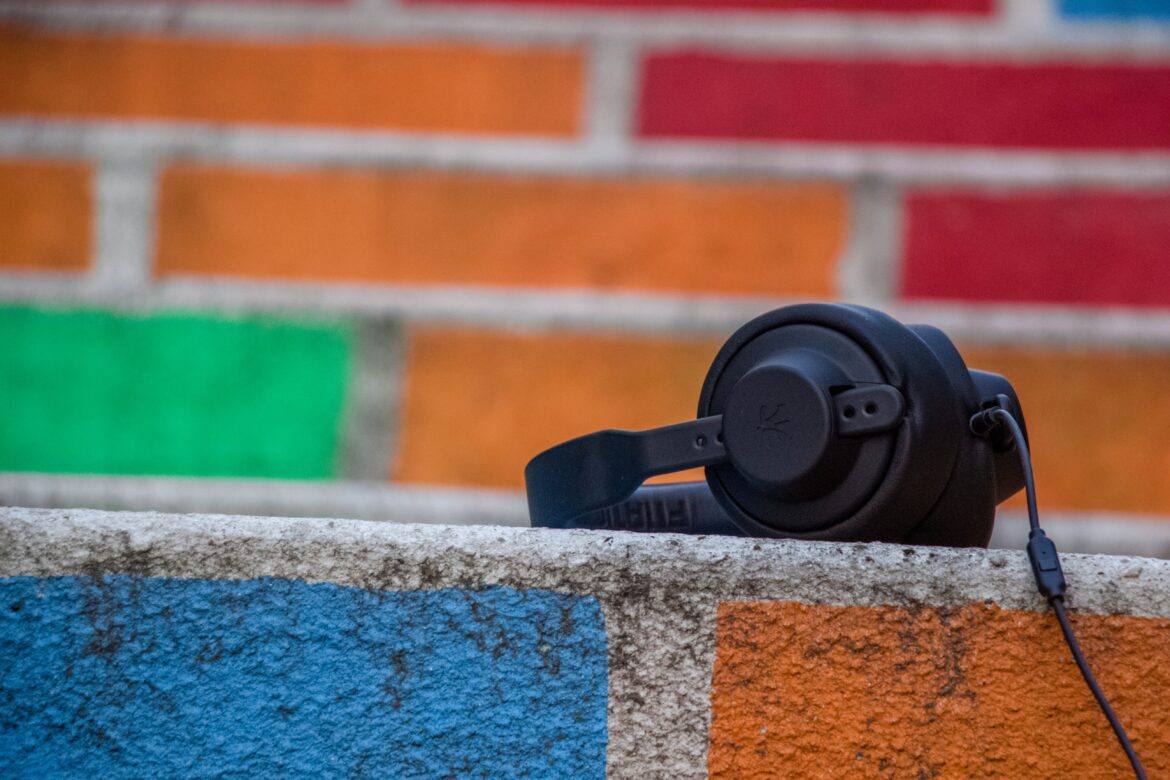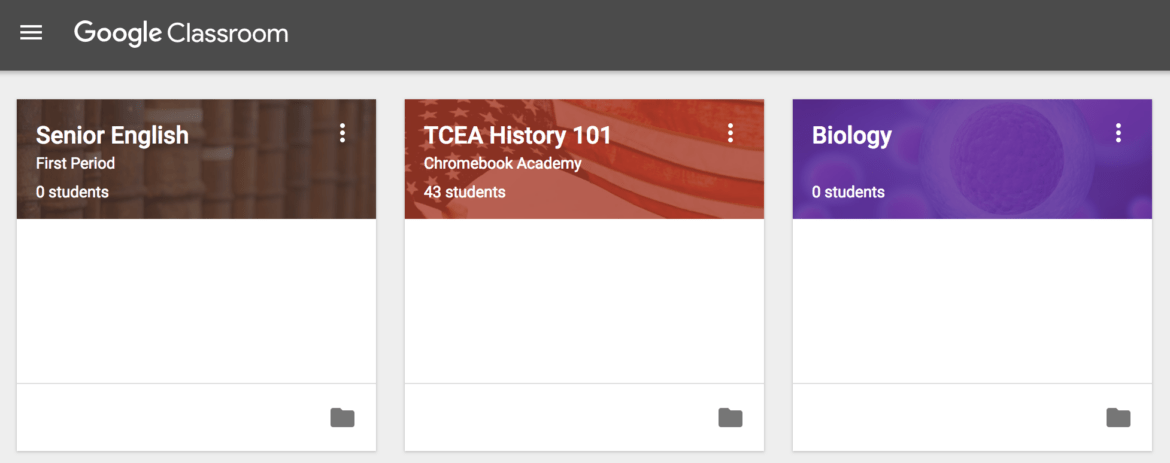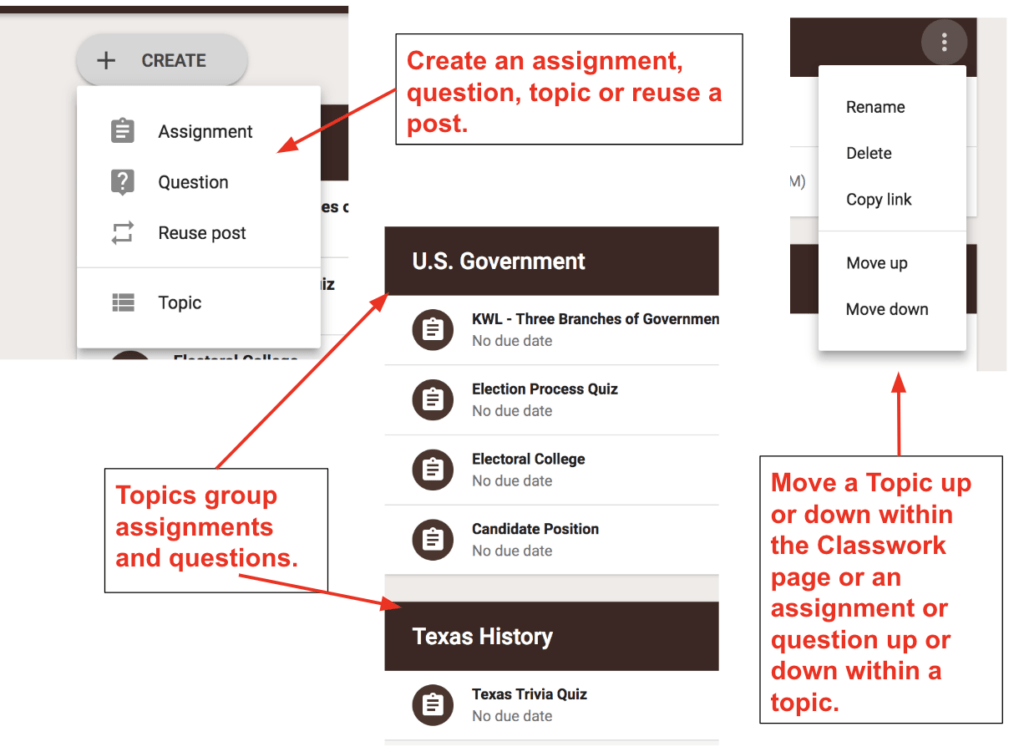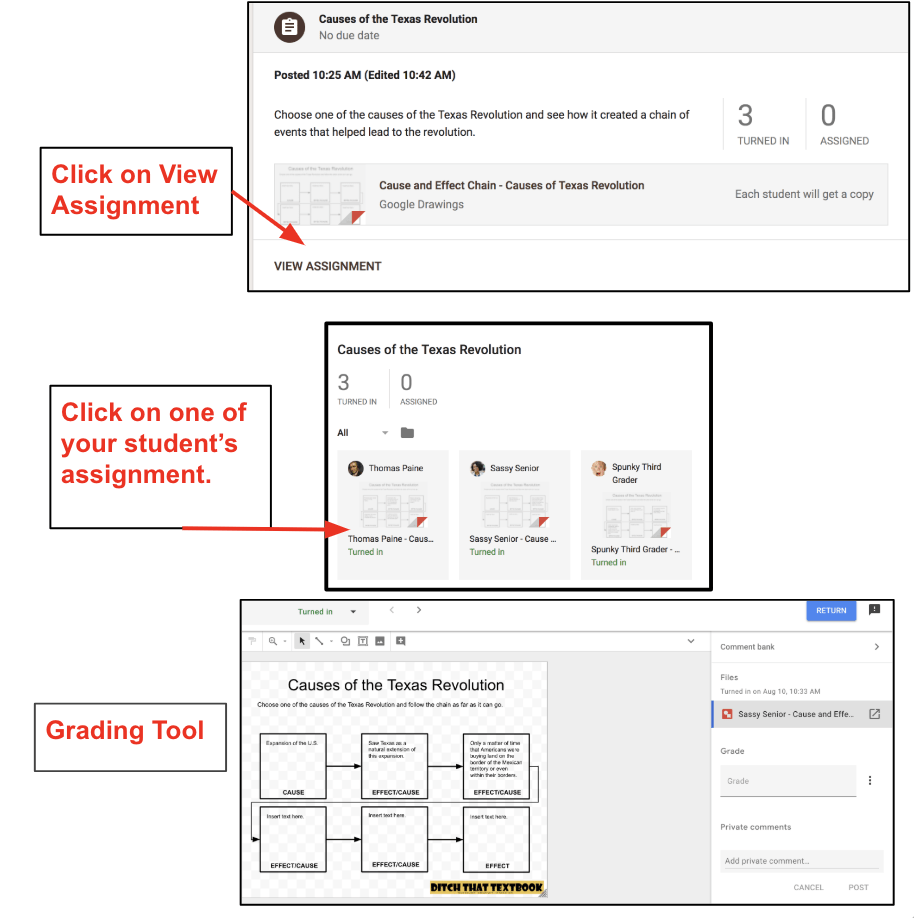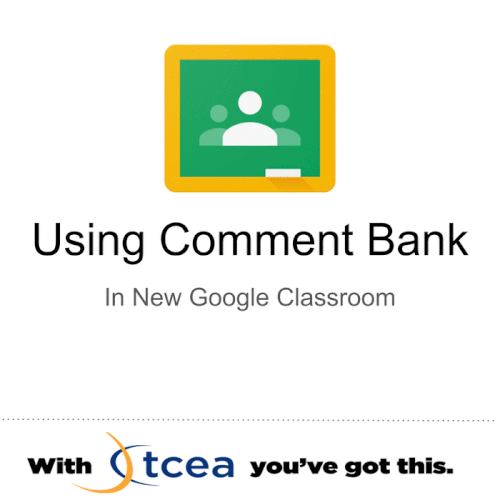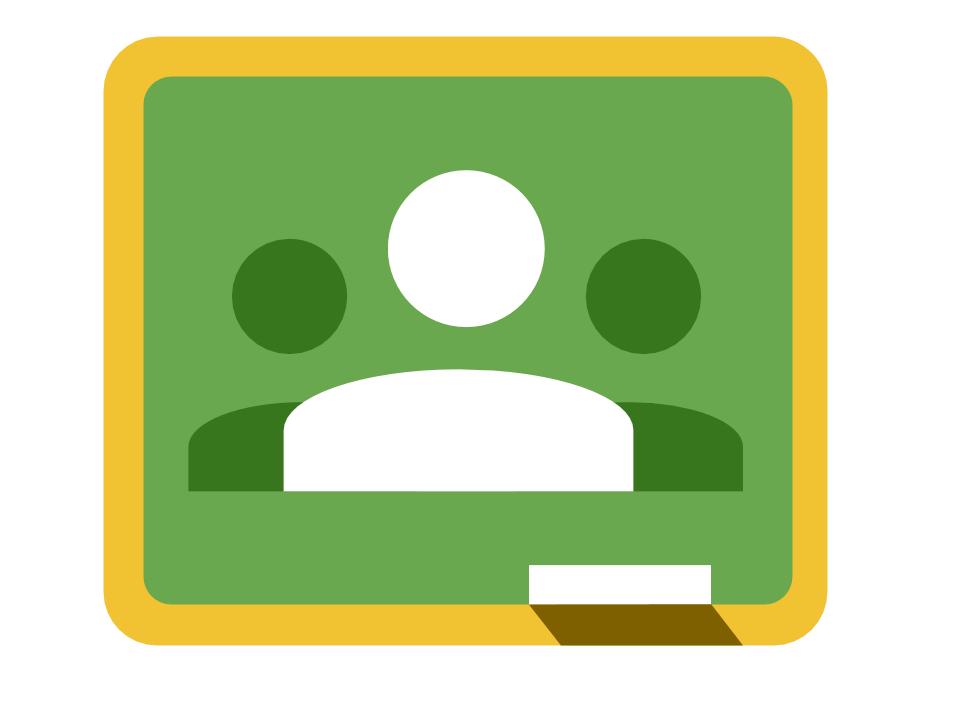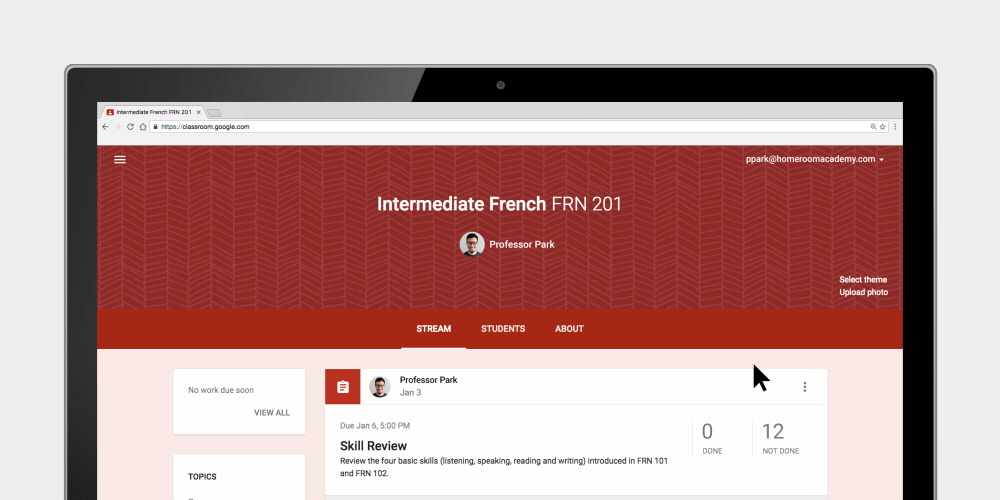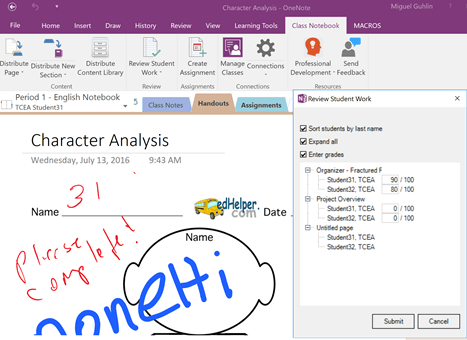Audio and visual resources have long been central to the growth of ed tech. Today, resources, apps, and programs that use audio and video are everywhere. Meanwhile, the use of tools like audiobooks continues to grow.
While A/V tech can sometimes be a distraction, if used well, multimedia tools can help comprehension, especially for elementary students. In a 2014 issue of the International Journal of Scientific Research, researcher Deepa Awasthi summarized this notion:
At [the] primary level, teaching can be effective when it activates all the sensory organs of child. Using Audio Visual aids can be useful for making learning easy, effective and permanent. Role of teachers is very important in using technology because, on one side, if it is used appropriately, it can make the learning interesting, but on other side, if not used properly, then it can distract the mind of young children.
What are some of the most useful free tools that use audio in education? Here are some choices you might consider.
Recording, Editing, and Creating
Soundtrap is a cloud-based creative sound editing app that allows students and teachers to create and share music, podcasts, and any kind of creative audio you can dream of. The app works with learning management software like Google Classroom, Canvas, Schoology, and Musicfirst. Users can record loops, use drum machines and instrument samples, and even chat with each other in real time about their creations.
Incredibox is a dynamic, playful tool packed with animations and a huge library of sounds, loops, tunes, instruments, and more. As an avenue for artistic expression, this program — available as an app or in a browser — is hard to beat.
Vocaroo is as simple (and useful) as it comes. Need your students to record and upload audio? Vocaroo’s single function is just that. Simply open the page and hit record, or upload previously recorded audio.
ChatterPix is a fun, free tool for elementary students. Record your voice and make photos or images talk, sing, and perform. You can share your creations as messages, cards, or even book reports.
Similarly, SpeakPipe is a simple record-and-share site you can access any time.
Looking to convert an audio file you’ve already recorded for easy downloads, transfer, and more? Online-Convert includes an audio conversion tool free of charge.
Podcasting
Anchor is a free, straightforward podcast creation and distribution platform. Its ease of use makes it a great tool for the classroom. Bonus: hosting is unlimited, so you can record to your heart’s content! You can read more about Anchor here.
Interested in podcasting, but not sure how to start? Check out this educator-focused guide to podcasting from the New York Times. If you’re looking for a deep dive into the podcast possibilities, take a look at this article from the Bello Collective. Further, you can read a tech integration specialist’s take on classroom podcasting here.
Exploring the Possibilities
Not sure how you’d like to format your podcast? How you use podcasts as a teaching tool will depend, of course, on grade level and subject, along with what interests your students. Consider some of the tools listed above and how they might inspire different kinds of creative productions. Teach Hub outlines a few types of shows your students might be interested in creating:
- Audio Tours: Students record school tours, acting as the tour guide so newcomers can explore the school through the eyes of a peer.
- Celebrate Culture: Students podcast about important cultural events and share these with parents, the school, or the community around them.
- Current Events Newscasts: Students deliver weekly or monthly podcasts on interesting current events.
- Debates: Hold a class debate. Record it in audio and have other students listen and weigh in.
- Guest speakers: Make podcasts of class guest speakers to share with absent students or future classes. This can be stored in the podcast library (mentioned below).
- Interviews: Have students interview each other as well as teachers and administrators about important school-wide events such as a sports competition or an award ceremony.
- Musical Podcasts: Have band or orchestra students create podcasts for each instrument, detailing its specific sounds and characteristics.
- Podcast Library: Curate the varied student-created podcasts into a library of podcasts for present and future students.
- Publish Presentations: Instead of writing a book report or acting out a play, students record the presentation as a podcast, using only their voice to communicate ideas and build excitement.
- Radio Show: Students make short radio broadcasts summarizing the books they are reading.
- Roving Reporters: Send students out into the “field” (read that: the school campus) to interview key players in important events.
A Special Announcement
Fans of ed tech and audio tools will be excited by a new project from TCEA, our podcast: The Ed Tech Club.
Our new podcast, all about the tech tools you love, the resources you need, and the insights you value, launches in August. Keep an eye on TechNotes, or subscribe to our TechNotes newsletter to make sure you know when the show goes live.

